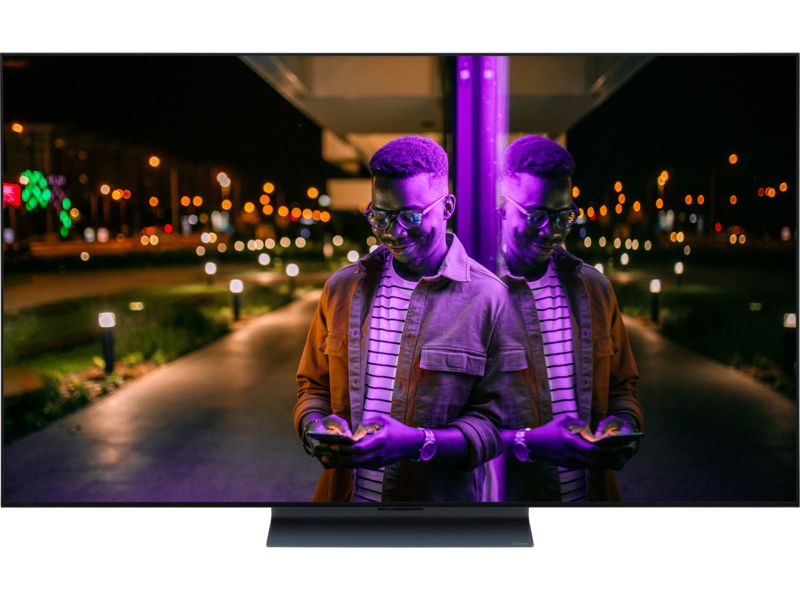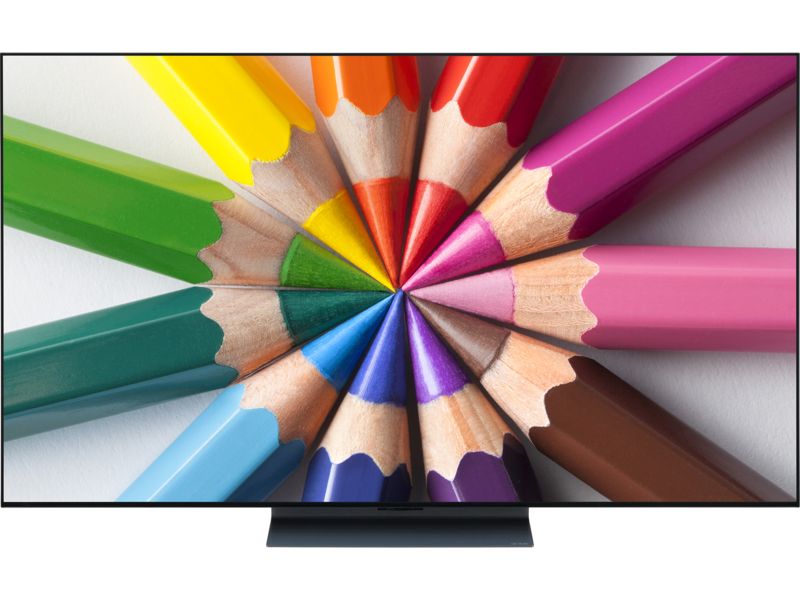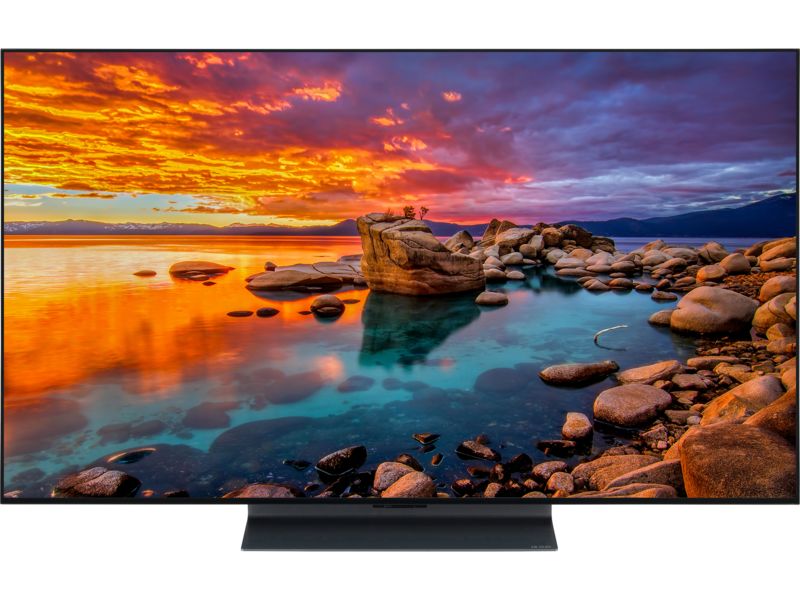What are LCD and LED TVs and what's the difference?

Some 4K TVs have QLED or OLED displays, but most are LCD, and many of those have LED backlights.
When you're shopping for a new TV, these are the sets you'll come across most often. We're going to break down the differences, so you understand what it means when a TV in a shop is described as LCD or LED.
What does LCD and LED mean?
LCD stands for liquid crystal display. The liquid crystals block or allow light to pass through them. The different colours and brightness levels created by the liquid crystals and various filters become the picture on the screen.
The liquid crystals don't create light, though; that job falls to the backlight. LED stands for light-emitting diode, and these make up the backlights of some TVs. The LEDs either sit behind the screen (this is called full array) or at the edge of the screen (known as edge-lit).
The backlight creates the light, which passes through the liquid crystals, along with a few other filter layers, to create the picture.
Why are some TVs LCD and some LED?

With a few exceptions, every LED TV has an LCD display. If you're shopping for a new set and it's classified as an LED TV, then it has an LCD screen.
The exceptions are QLED TVs and OLED TVs. You can click the terms to learn more about them but, in a nutshell, a QLED is a TV with an LED backlight that uses quantum dots in place of liquid crystals, while OLEDs don't have backlights at all.
Should you be buying LCD or LED?

LCD TVs without LED backlights are rare, so if you're shopping for a new LCD TV, you're more likely to find ones listed as LED.
At the same time, you shouldn't be put off if the TV is listed as LCD. It's possible that is still has an LED backlight, but, as it still has an LCD display, it's not an inaccurate listing.
Read our TV reviews to find out which models are worth buying.
Are LCD TVs better than LED TVs?
These two TV types are often one and the same, since labelling an LED TV as and LCD TV is accurate since it still has a liquid crystal display.
You'd be hard pressed to find an LCD TV that didn't have an LED backlight, so you shouldn't worry too much about comparing them.



